Three Wise Astrologers
At Christmas, on December 25th every year, we put a star on top of the tree, representing an historic moment in astrology, though most people don’t know that.
The Jupiter-Saturn Great Conjunction of 7 BC may have looked like one star – it certainly spelled astrology and ‘the stars’ – to the Three Wise Men.
The three wise men (the Magi) were actually astrologers and the word ‘planet’ translates as wandering star.
I’ll be watching The Great Conjunction of 2020 with a telescope from a caravan called Wanda, which seems appropriate!

The Biblical Magi, or Three Wise Men, famously bore gifts of gold, frankincense and myrrh to the infant Jesus. Christians know them by their names Melchior, Caspar and Balthazar.
Their religion and use of astrology caused versions of the term “Magi” to be applied to the occult. And, of course, this is where we obtain the word magic.
A Christian and an Astrologer
The typical Christmas card image is of a bright, blazing new star. Perhaps, a Jupiter-Saturn conjunction, or Great Conjunction.
In 1604, the astrologer and astronomer Johannes Kepler recorded one such event. A Great Conjunction. He was a devout Christian who also believed in astrology.
“A torch blown by a strong wind.”
This is what the astrologers, the Three Wise Men, were seeking. In fact, you can find the wise men, the Magi, called astrologers in the New English Bible (1961), Phillips New Testament in Modern English (1972) the Twentieth Century New Testament (1904), the Amplified Bible (1958), and The Living Bible (1962).
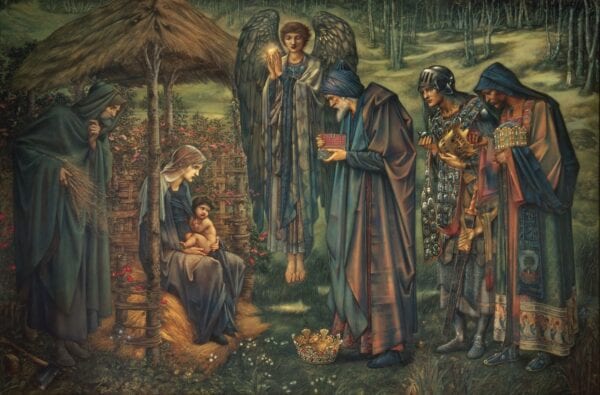
March and the Conception of Christ
There is a wonderful 1937 article about Kepler and the Star of Bethlehem by W. Burke-Gaffney, in the Journal of the Royal Astronomical Society of Canada. Kepler calculated that Jupiter appeared to pass Saturn three times in the year 7 BC in June, August and December (Christmas) when they were in Pisces.
“He held that Christ was conceived about the time that the major planets were in conjunction with the sun (March, when the Sun was in Pisces, nine months before December); that the Magi arrived in Jerusalem on February 5 BC to see for the second time, the star they had seen for the first time in 7 BC. “
Astronomers settled on either December 4th, 7 BC as the time of the actual conjunction of Jupiter and Saturn, or the night of December 3rd.
Astronomy and Astrology at Christmas
The wonderful Maggie Aderin-Pocock and Chris Lintott, from The Sky at Night take us into both the astronomy and the astrology of the Nativity and the Three Wise Men here.
Talking about the three astrologers, they note, “They were not interested in exploding stars or comets, but looked instead at the motion of the planets. And around the time of the birth of Christ – the nativity of Jesus – the planets Jupiter and Saturn performed a very unusual tango. Three times that year – in May, September and December – they came close together, and then parted again.”
He based it on a conjunction of Jupiter, Saturn and Mars that he observed in 1604.
Professor David W. Hughes
Sheffield astronomer Professor David W. Hughes championed a version of this theory in his 1979 book The Star of Bethlehem Mystery. You can read an article from it here.
It is incredible to see Professor Hughes simulating the Night Sky around the time of the Nativity in a modern planetarium.
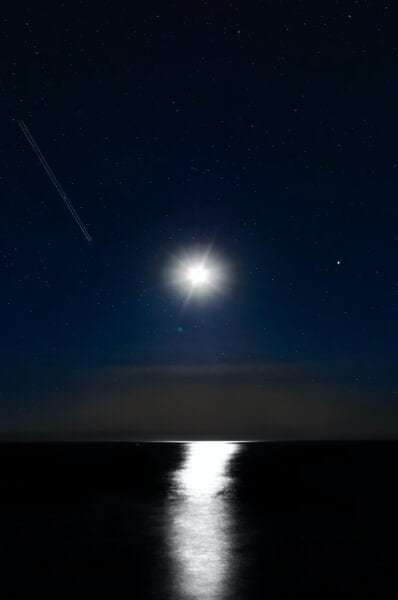 In the intriguing BBC Sky at Night special episode, The Real Star of Bethlehem, astronomer Professor Hughes from the University of Sheffield, discusses a 7 BC event in the skies of the Middle East, and looks at a reconstruction of the night skies of Jerusalem in a planetarium (watch about 15 minutes in).
In the intriguing BBC Sky at Night special episode, The Real Star of Bethlehem, astronomer Professor Hughes from the University of Sheffield, discusses a 7 BC event in the skies of the Middle East, and looks at a reconstruction of the night skies of Jerusalem in a planetarium (watch about 15 minutes in).
He talks about the ‘coming together’ of Jupiter and Saturn in a fascinating reconstruction of the two planets, coming together three times – a triple conjunction. They were seen first in the dawn sky. Then, as the months passed, they appeared close together in the evening sky. The Magi thought this was the birthdate of the new king of the Jews, according to Hughes.
The Magi, the three wise men, gave very specific astrological meaning to the Jupiter-Saturn conjunction. This was rare. A triple conjunction. An unusual alignment.
The Pisces Great Conjunction – Fish, Pisces, Christianity
The constellation of Pisces is behind Jupiter and Saturn in 7 BC and takes around eight centuries to recur. The astrologers 2000 years ago divided the zodiac up into twelve constellations and associated each with a country on a list. Pisces equalled Israel. The Magi had been spending their life looking at the planets. They knew what was going to happen – a new king. They knew where – Jerusalem. And they knew when.
What is fascinating, of course, is that the fish has been the symbol of Christianity for centuries. And Pisces is, of course, the zodiac sign of the two fishes. Even today, in the 21st century, we associate Pisces with Neptune and the Twelfth House, symbols of religious faith, miracles and also astrology.
The Ephemeris for December 7 BC
The ephemeris from Astrodienst, for December 7 BC shows Jupiter and Saturn are conjunct from Tuesday the 1st of December 2020 at 15 Pisces moving forward together to 16 Pisces on Thursday, December 17th. They hold at 16 Pisces until Saturday 19th December, when they slowly start breaking away.
The Date of the Birth of Jesus
Most theologians assume a year of birth between 6 and 4 BC, according to Wikipedia.
It is possible Jesus was two years old when the Magi actually visited. The ‘fit’ of the Great Conjunction of Jupiter and Saturn in Pisces, occurring three times, is spectacular.
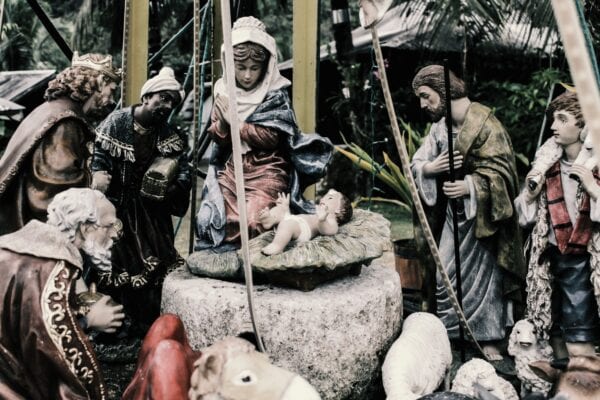
YouTube Premiere December 21st, 2020
Join me for a YouTube Premiere about The Great Conjunction of December 21st-22nd, 2020 where I will look at The Star of Bethlehem, the Solstice and the Jupiter-Saturn conjunction in Aquarius – and answer your questions. You can also join us on Twitter afterwards.
This particular Great Conjunction will be the closest since 1623. It is the start of the New Age of Aquarius, with first Jupiter and Saturn in the sign of equality, diversity and community – then Pluto, from 2023. For astronomers, this conjunction will be in Capricorn. For astrologers, who use a completely different system, it will be in Aquarius.
You can trace 3000 years of Jupiter and Saturn Great Conjunctions here on a great website from astronomer Jeffrey L. Hunt.
All images courtesy of Unsplash.com

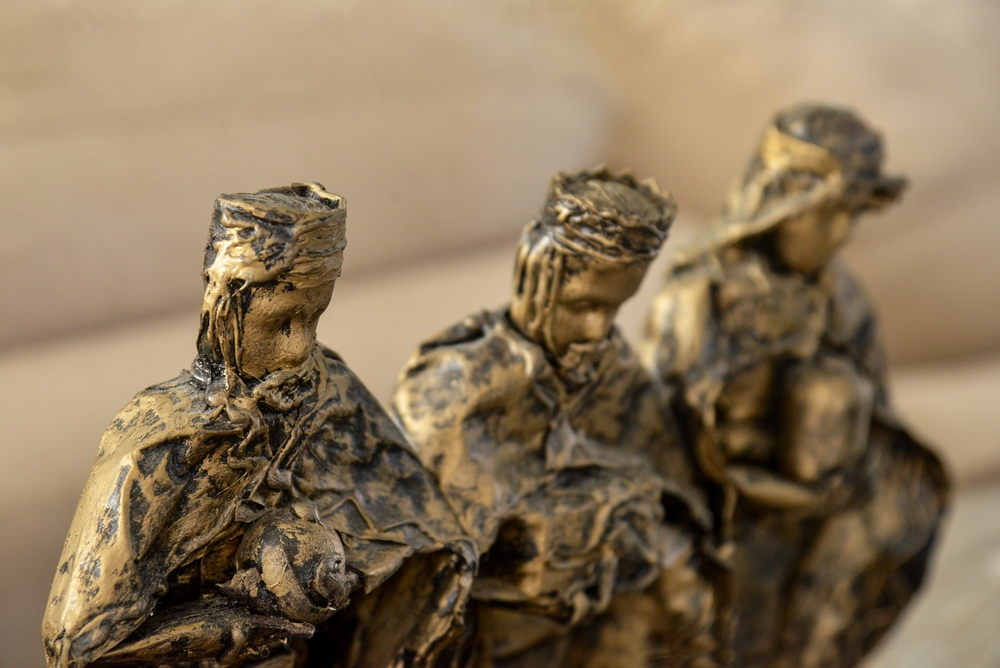

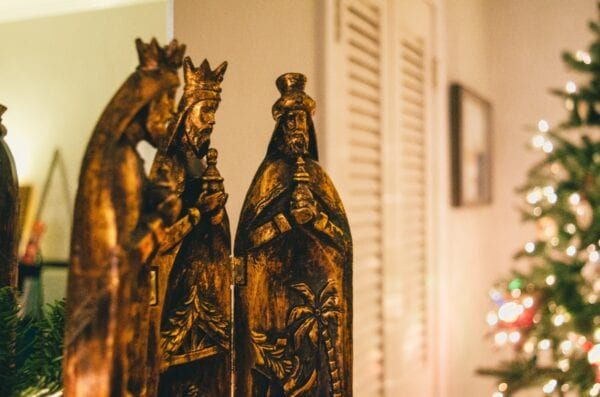


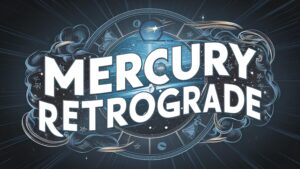
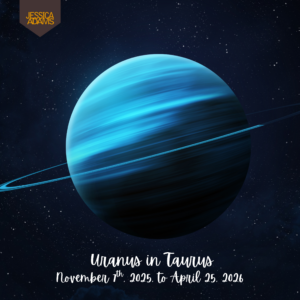

2 Responses
Hi jessica, The events of this year seem quite unreal. And yet, those months in lockdown in Melbourne were strangely the most satisfying I have ever known and will forever be grateful for. Quiet time with the family mostly working remotely, silence in the suburbs, bird songs such as I have never heard. Sadly post lockdown, traffic and hectic life with employer commitments is returning and segregating the family again. I wonder if anyone has psychically forseen a future many generations hence, where the good of the collective outweights the interests of a few. And where spiritually we live in a way that connects with one another, all earths creatures, and the earth again. Merry Christmas
Merry Christmas. When everybody was at home in Melbourne, necessity made so many turn to meditation, prayer, healing, counselling, Tarot, astrology, yoga, dream interpretation, diaries and the rest. The inner life. This goes on for the whole planet until 2026. Neptune in Pisces describes the psyche, soul and spirit and the ‘other reality’ of inner space, which becomes like a holiday for the head, when we are made to be at home. The real shift will come from 21st December and The Great Conjunction when political and business changes at the top, bring about a world of sharing – not battle lines drawn or selfish ‘Me’ narcissism. Biden and Harris are obviously passing Electoral College then and heading towards inauguration, which is part of it. The new spirituality, forced on people who are bored at home, will dovetail very nicely with the new awareness of our global groups. We cannot manage COVID-19 and the economy, or (the biggest problem of all) Climate Emergency without a very, very new United Nations. And that’s coming. But it is the new spirituality which will help it work.